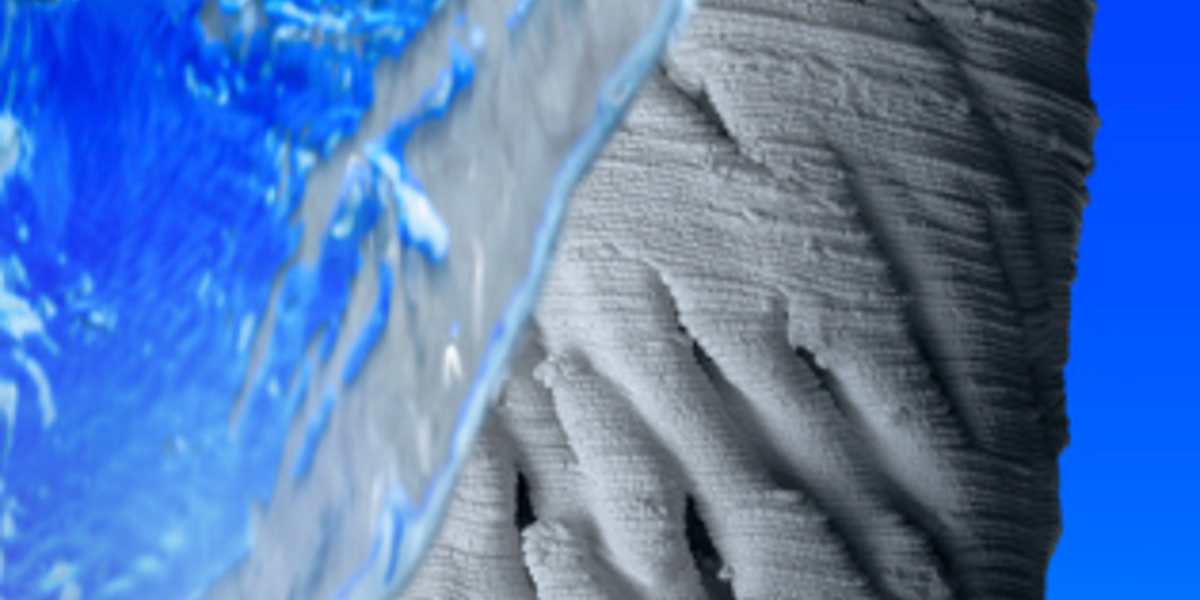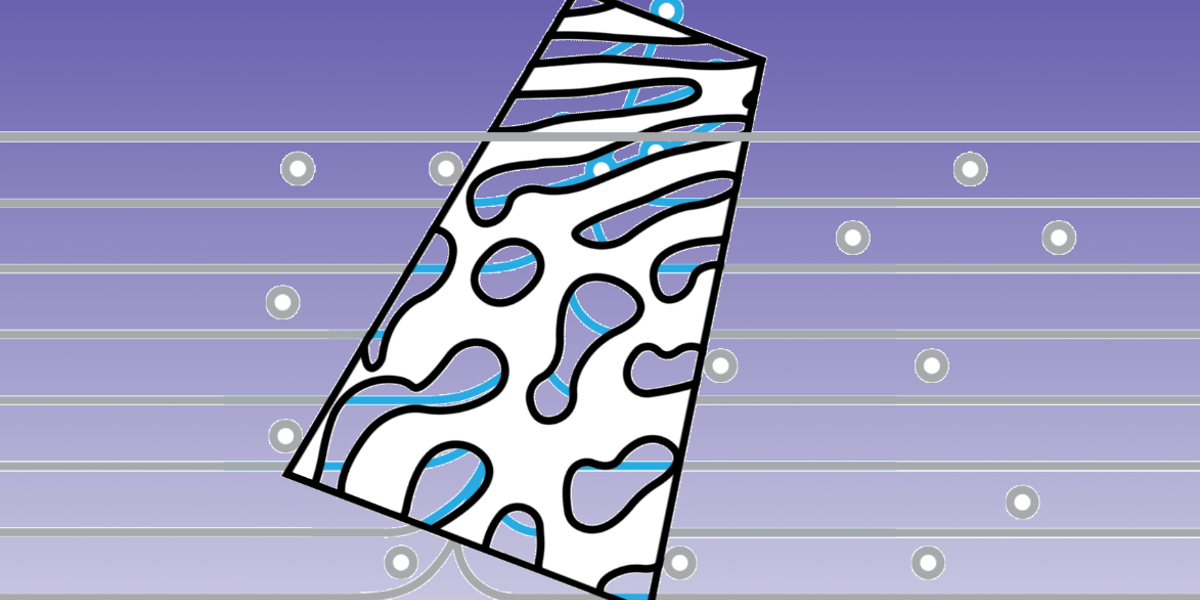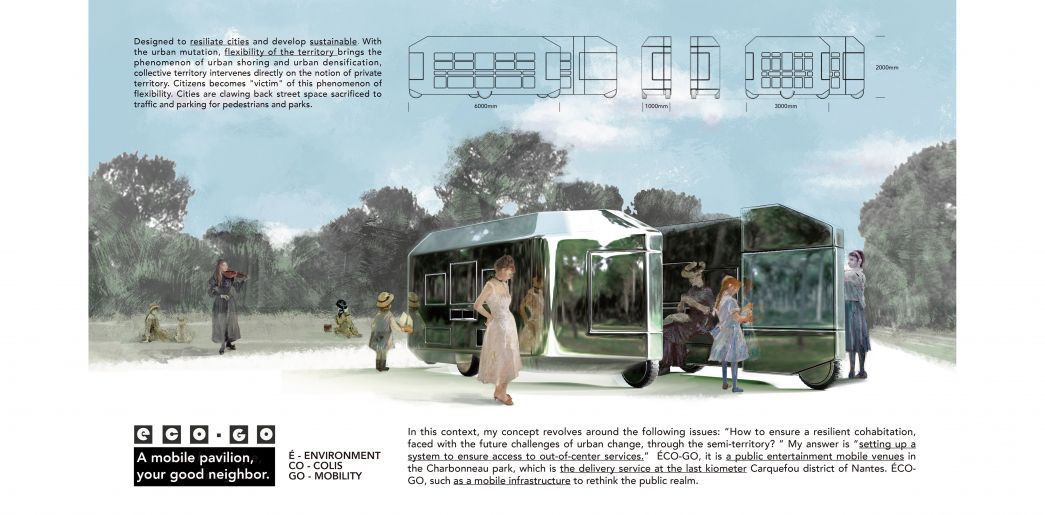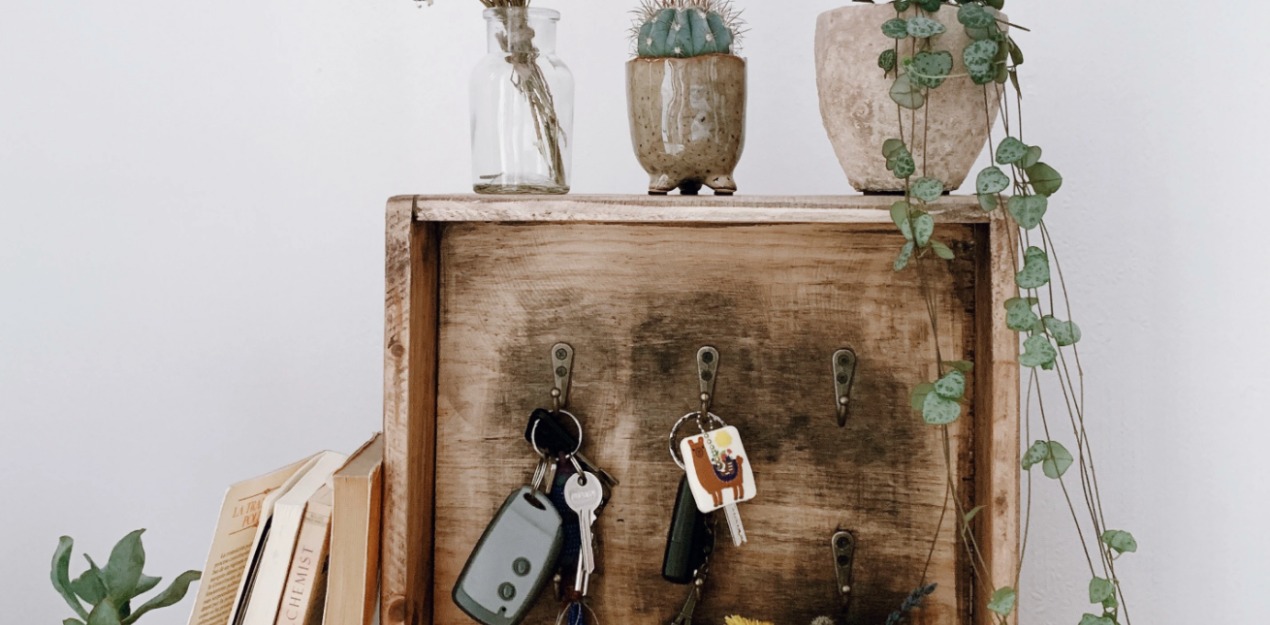AWARD YEAR
2023
CATEGORY
Community
GOALS
Clean Water & Sanitation, Sustainable Cities & Communities, Life On Land
KEYWORDS
water filter, Ceramic, public water supply, 3d printing, frugal design
COUNTRY
Slovenia
DESIGNED BY
Žan Girandon, Pia Groleger & Luka Pleskovič
WEBSITE
https://pjorkkala.si/
Dodola
Dodola's a ceramic water filter for places where the public water supply isn’t adequate or available
How does it work?
To address problematics of E. coli contamination in Triglav National Park the team started to explore possible vernacular principles which would be viable within the constraints of the location. They decided to dig into mechanical water filtration with two different types of materials that can act as filtrators – XYLEM TISSUE and POROUS CERAMICS. They imagined water filtration very simply: contaminated water enters a filter in which particles are retained in the pores. Purified water flows out of the filter. The final product Dodola is an installation of intricately shaped filtration modules which purifies water of contaminants as small as bacteria.
Dodola is multitude more efficient than already available ceramic filters, because of the used technologies and principles such as gyroid structure and archimedes screw. The filtration system is self-operating and doesn’t need constant maintenance.
Why is it needed?
This project is focused on water treatment in places where there isn’t an adequate or available public water supply. Around 20 % of Slovenes are not connected to the public supply, and even those who are often prefer to use water which they collect from other, natural, sources.
There is a common belief that spring water in Slovenia is clean, but since a large part of Slovenia lies on karst grounds, it is difficult to predict the flow of groundwater and the accompanying pollution. Cities have their own filter system, which very remote villages do not have. One the questions the team behind Dodola wanted to answer was, what kind of water do people drink in such villages?
How does it improve life?
Dodolas are designed for areas that the public water supply doesn’t reach effectively. Since they are susceptible to political, economical and environmental disturbances, people can’t always rely on centralized solutions when it comes down to basic needs, therefore alternatives to these systems are crucial for resilience. This communally managed and owned system we designed can empower communities and make them more resilient and self-sufficient.
The system is tailored to people’s needs and habits instead of relying on people changing their way of life to enable the design. All materials used are sustainable, natural and locally found. The clay can be collected in nearby forests and the saw dust is obtained from local woodworkers. The 3D clay printing technology doesn’t create any material waste during the production. The final product needs very little maintenance and no additional parts. Furthermore it is autonomous and doesn’t need electricity to function.






